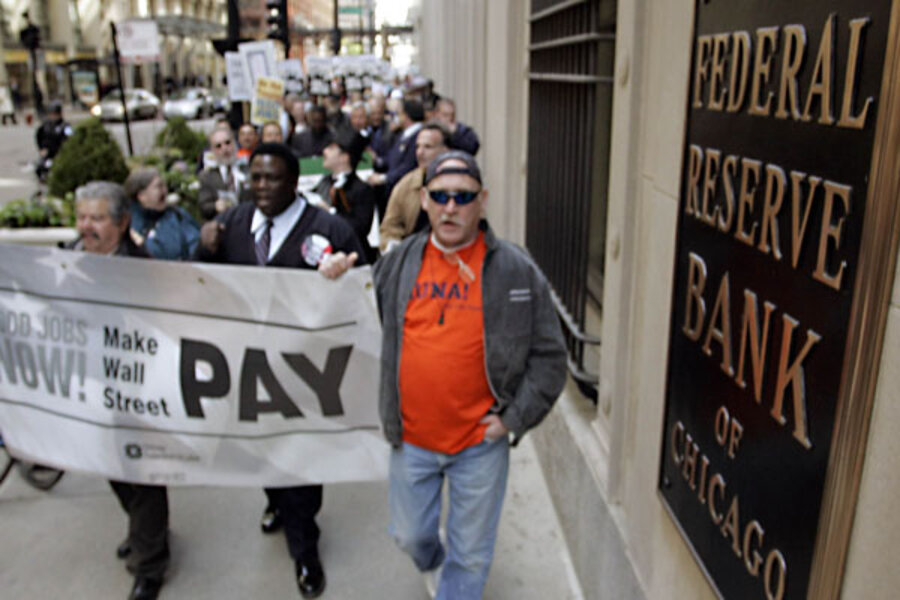How regulators caused the bank meltdown
In his “Business World” column for the Wall Street Journal Holman Jenkins highlights the book Engineering the Financial Crisis by Jeffrey Friedman and ex-Mises Fellow Wladimir Kraus. Jenkins writes,
Their work is refreshing for many reasons: It does not assume the housing bubble is the whole story. It allows that honest ignorance (especially about the interaction of complex regulations) might explain the behavior of bankers and regulators. It asks especially interesting questions about the triple-A mortgage derivatives at the heart of the financial meltdown.
The Basel banking regulations provided the incentive for bankers to load up on mortgage securities, which up to that point history had shown were very safe. Thus, the capital that regulators required to be held against these assets was tiny. Bankers acted logically by investing in what they thought (and importantly what regulators told them) were safe assets that they could grow their businesses with the least amount of capital required.
Messrs. Friedman and Kraus find no evidence for the popular theory that bankers acted recklessly because of Too Big to Fail incentives or because compensation packages induced them to be careless about long-run returns.
Jenkins even gets it right at the end, writing, “One solution is giving back to bank creditors the job of policing bank risk-taking. Roll back deposit insurance, for instance.”






